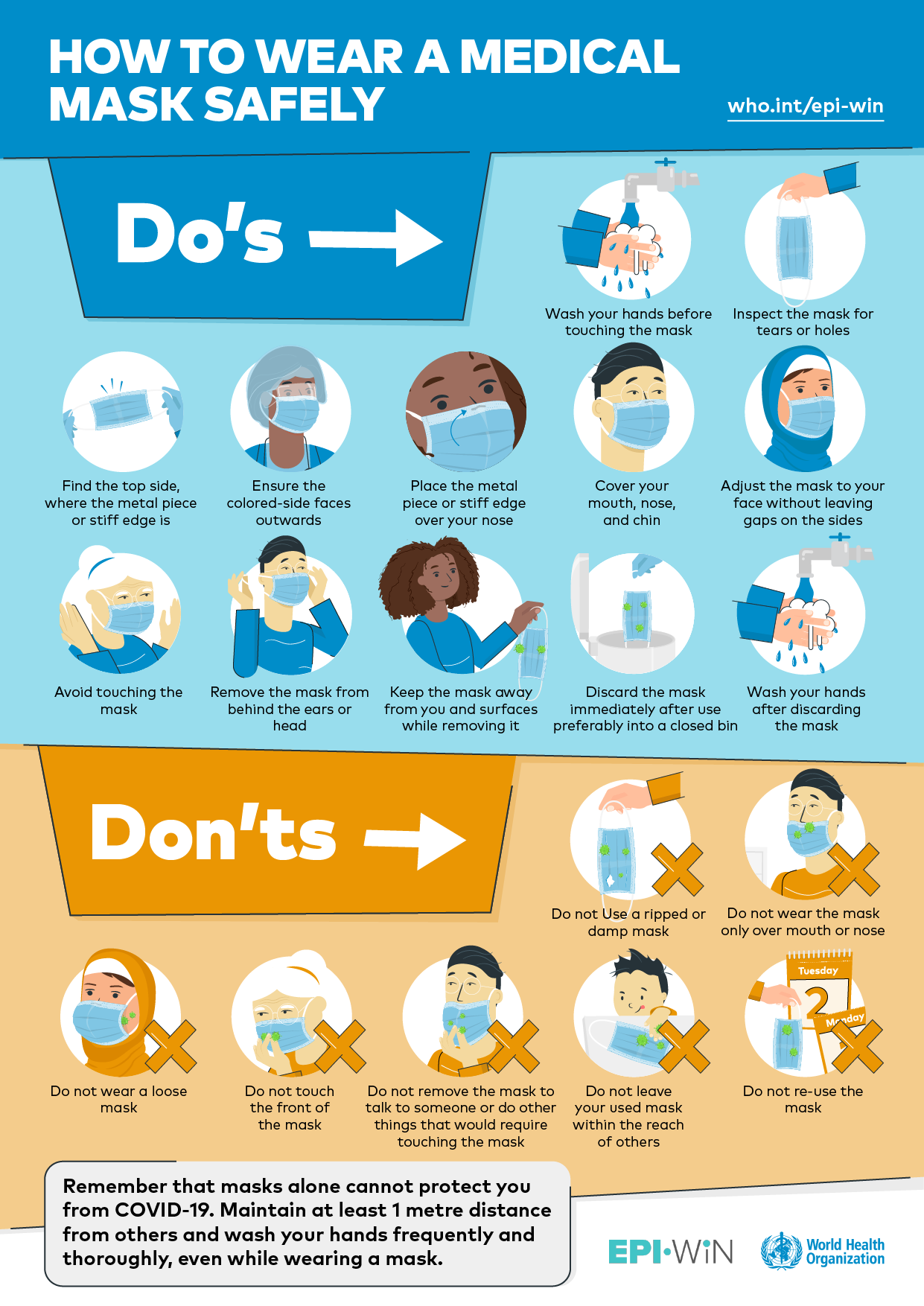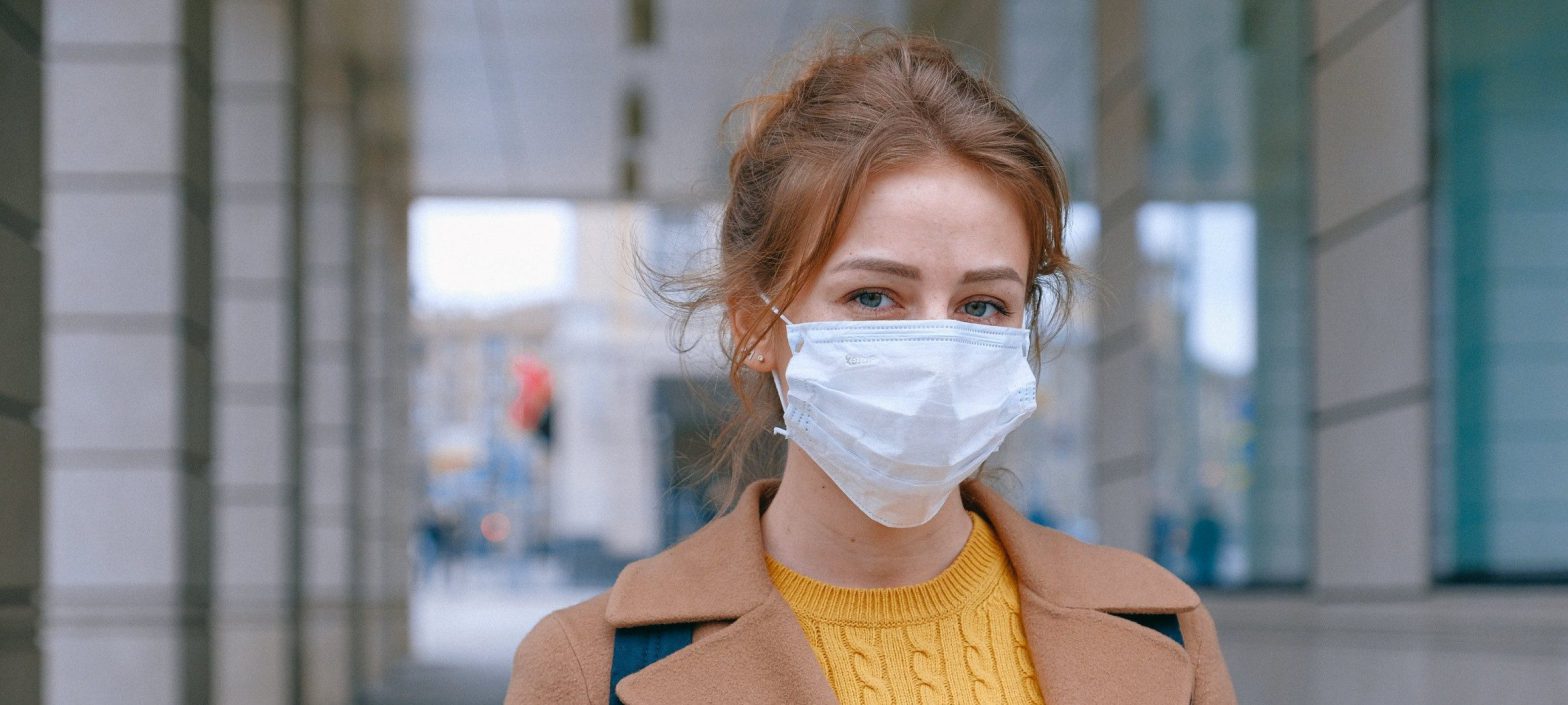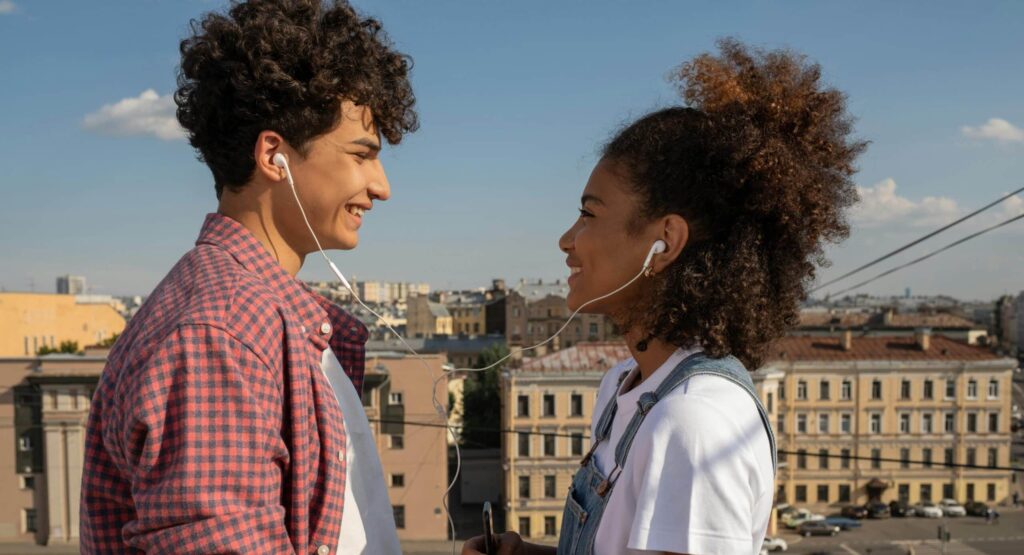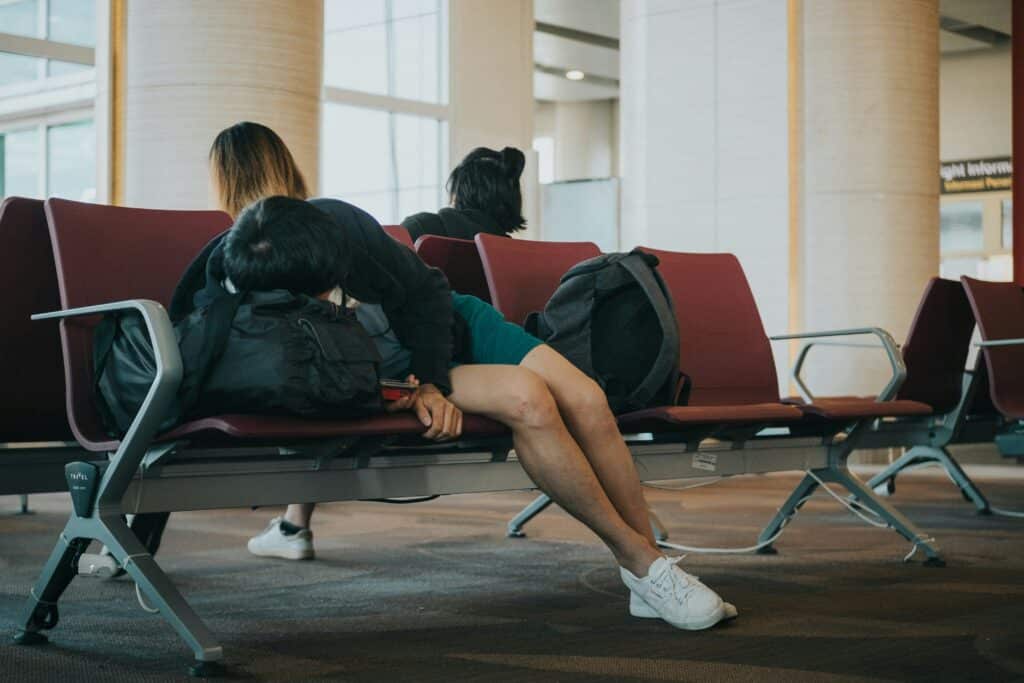In these times of coronavirus outbreak, wearing a mask is one of the most important hygienic recommendations to protect yourself and others from COVID19 contamination. This article provides useful best practices on medical masks usage.
Which masks should I use?
There are several categories of masks to be used, which usually differ by the level of filtration efficiency:
Surgical masks are be the most common ones, protecting the user from droplets and splashes. In Europe, BFE1, BFE2 and Type R masks can be found. Effective protection lasts around 4 hours to 8 hours maximum. Masks should be disposed of in a trashcan after usage.
N95 respirators can filter 95% of the air particles, protecting the wearer from vapours or aerosols. Some respirators are reusable (by chaning the filter inside). According to the European standard, you can find FFP1, FFP2 and FFP3 respirators, FFP3 being the most filtering one. These masks too are efficient for 4 to 8 hours maximum.
More and more people are now making their own sewed-homemade cloth face masks, which can be a good solution if drugstores around your place are out of stock. These can also be made of paper tissue, however, homemade medical masks are usually far less efficient.
When do I have to wear mask?
The use of masks is more and more recommended, and even compulsory, especially in public transport and other public places, as asymptomatic transmission happens more often than you might think. It becomes necessary to wear a mask:
- If you have symptoms such as coughing, sneezing or any respiratory difficulty.
- If you are in contact or taking care of someone who has contracted the coronavirus.
- If you are a medical worker, you must wear a mask whenever you are in contact with patients.
- If you have been in a place where social distancing is not always possible (store, work, school, etc.).
How to properly wear a mask:
There are specific instructions to follow to properly wear your mask and make sure to avoid contact with the virus. We recommend you to conscientiously wash your hands before manipulating the mask.
- First, determine in which side you should place it over your face. Make sure to have the bendable edge on the top and the right side of the mask facing to your face. Most of the time, the coloured side should be facing away.
- Put the bendable edge on your nose and place the loops over yours ears. If your mask has ties, then hold your mask while placing the ties behind your head.
- Mold the bendable edge to the bridge of your nose. Pinch it with your fingertips so that no air can go inside.
- Pull the bottom of your mask over your mouth. Make sure it covers it all, as well as your chin.
Once the mask is in position, do not touch or remove/replace it. If you do, preferably wash your hands right after with soap and water or use hydro-alcoholic gel.
Your mask should be replaced when it becomes moist or damp. If you are using reusable masks, make sure to wash and dry properly before reusing.
You may have noticed people wearing medical masks, and leaving their nose uncovered. We would like to remind you about the Do’s and Don’ts as recommended by the World Health Organisation.

Am I fully protected when wearing masks?
Please note that a mask is not only meant to protect you, it also serves the purpose of protecting other people around you. Although it has been proven to be an efficient way to block the transmission from the wearer to the outside, specialists are still debating about the true benefits of wearing a medical mask. The main reason why masks do not provide full protection is simply due to its misuse. Hence the importance to follow the instructions mentioned above.
There is in fact a slight difference between wearing surgical masks and respirators. The first one is designed to prevent the risks of splashes but mostly to avoid the contamination of the environment by the wearer. Whereas the respirator protects the wearer from exposure to airborne particles and aerosols. This is why such equipment is generally used by workers. Therefore, surgical masks are therefore better used to protect peoplearound you. Hence to protect yourself from a virus contamination, one should wear respirator as they are more efficient.


